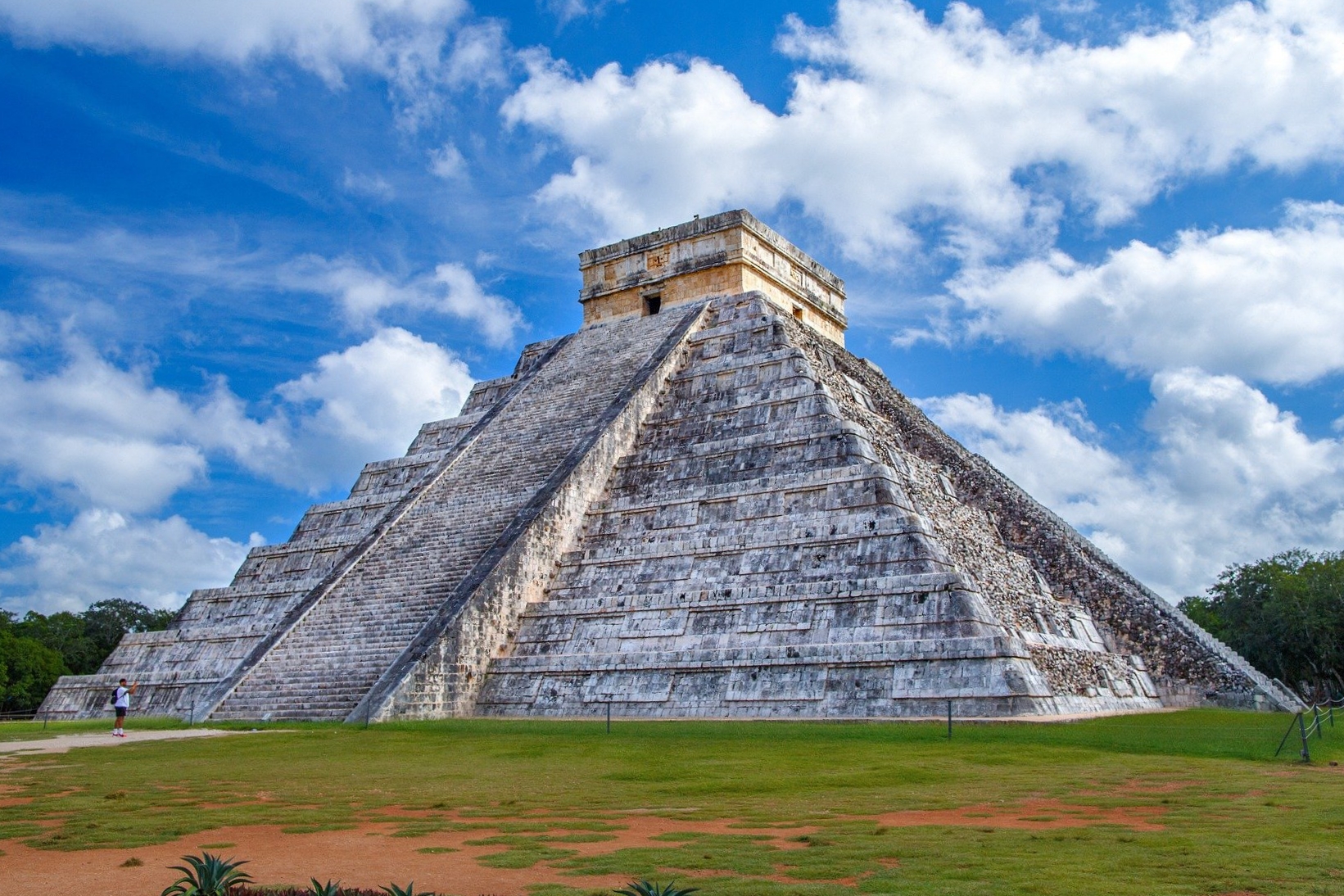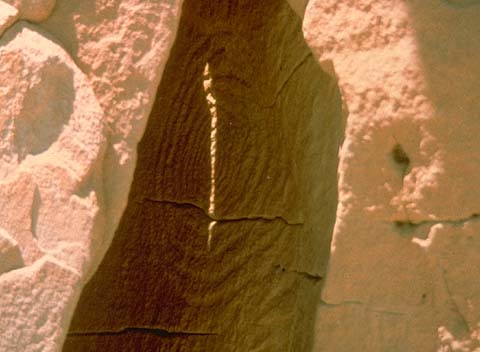
Curious Ways Our Ancestors Tracked the Seasons
ADVERTISEMENT
I'm surprised no one mentioned Manio and the megalith in Carnac, France, about three or four hundred kilometers south of Stonehenge. At the Quad of Manio there's a precisely measured 3/4/5 right triangle, GDE, sides about 30, 40 and 50 meters, with each vertex marked with a stone. D is the right vertex, the Dame of Manio, a pregnant form. G is the Giant of Manio, a very male 6.5 meter tall stone. E is the rather female Entrance to the Quad of Manio. The legs DE and DG are oriented in the compass directions, 40 meter D to G due east, 30 meter D to E due north.
The site is thought to be ancient family planning. On sunrise of the winter solstice, the shadow of the Giant lands on the Entrance; that's the signal for the party to start. On sunrise of the autumn equinox, the sun rises due east, and the shadow of the Giant falls on the Dame, and baby is born.
The math problem is to determine the latitude of Manio, where (under all the ideal assumptions you can make) the winter solstice sunrise would cast a shadow along the hypotenuse of a 3/4/5 triangle whose legs are in the compass directions.
Wurdi Youang in Australia is now recognised as probably the oldest solar observatory in the world, at around 11,000 years old.
https://www.sciencealert.com/australia-s-wurdi-youang-stone-site-might-have-been-the-world-s-first-observatory
Plenty of other references online, including the original academic papers.
I am baffled by these ancient sites around the world and have questions if anyone knows plausible answers.
1. Why was it so important to use the same rocks when constructing these sites. It was so important to them that they had to transport a certain type of rock to make these structures. Question 2 relates...
2. The site chosen for these ancient structures were far a away from the type of rocks needed. They easily could have built their site closer but around the world, specific types of rock were needed and specific spaces were chosen for what purpose. This is not specific to one or a few sites. It seems they all had the same knowledge that we do not know about.
3. There are many ancient scripts, stone tablets, drawings, rock paintings etc of daily life, wars, laws, ancient historical events, deaths, conquests etc. But not one on how, when or why these ancient sites around world were built. If people of the world all knew how, why, with what type of rock, how to align these structures exactly to the solstices, with humongous stones that they could have easily used smaller ones. If it was so important to them, why is there no findings of how or why. It would be naïve to think that no one would boast of their selves and their capability of building such a monumental structure of important knowledge.
4. One more thing. If it marked the beginning of a agriculture system, what if they missed that day. What if no one watch watching at that exact moment of that day, that specific minute, what if they missed it?
Why continental movement has not alter these sites?
Jeffers Petroglyphs (about 7000 years old, older than Stonehenge) in Minnesota has a line on the petroglyphs that points to the sunrise on the summer solstice. Another site, but I thought about all of the above sites when the guide told us that. It is the only straight line on the rock outcrop that cuts the rock edge to edge.
The 5000 year old megalithic temples of Mnajdra and Hagar Qim in Malta, Europe are also aligned with the solstices and equinoxes. They are possibly the most ancient buildings standing.
There is also a place called American Stonehenge in Salem, New Hampshire.
Maeshowe, a chambered cairn in the Orkney Islands, also serves as a solstice marker in addition to being a community tomb for the people who lived there 5000 years ago. On the day of the solstice, the setting sun illuminates the interior of the cairn.
Im not sure but is there also a grouping of 7 Easter Island heads that strangely face out and are aligned with the Equinox?
Enjoyed this article,
Thanks, Valerie
The term the writer used "Anasazi" is no longer used by the tribes of the southwest because it means "Enemies of the people". They instead us the term "Ancient Pueblans" to describe these ancestors.
















